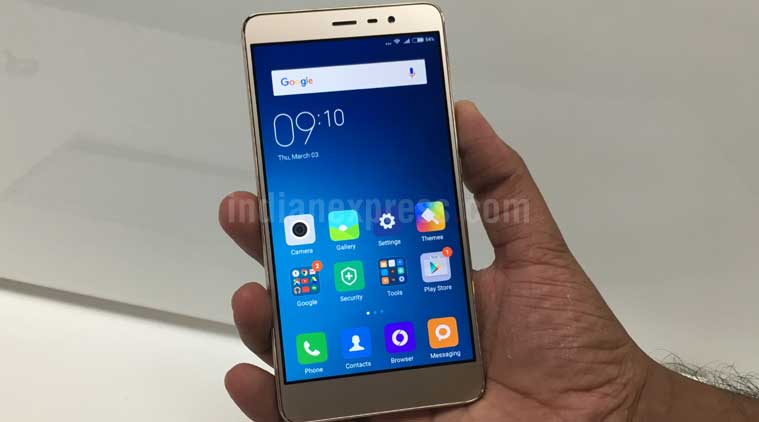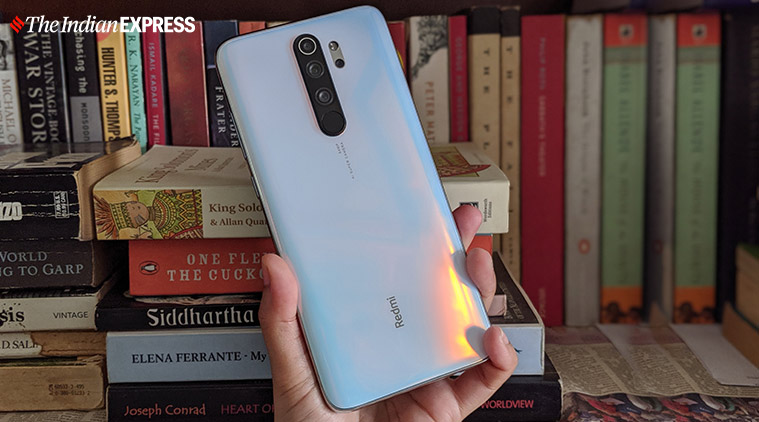 The Xiaomi Blog: We are taking a look at Redmi Note’s history. (Image: Redmi Note 3)
The Xiaomi Blog: We are taking a look at Redmi Note’s history. (Image: Redmi Note 3)
March is here and Xiaomi is gearing up to launch a new iteration of its popular Redmi Note series. This time it will be Redmi Note 9 and 9 Pro. But how did the Redmi phones get so popular? I can’t help but look back at the journey.
The first Redmi phone I had a chance to use was the Redmi 2, and I was mighty impressed. Now, this was not under the ‘Note’ branding, but still, for a 2015 phone, this offered something unique. Budget smartphones, for the most part, were a compromise then, despite touting big specifications.
Getting an 8MP camera and 16GB storage, as the Redmi 2 offered, was not common. It had a removable battery and the performance was better than what its counterparts offered. Simply put, it was better value for money than what many other brands were giving at the time.
And this value-for-money proposition is what would end up being a big reason for Xiaomi’s success in India. Redmi-branded phones eventually helped Xiaomi climb to the Number 1 position in the Indian market, beating out home-grown players such as Micromax, Lava, Karbonn, and Intex, and eventually, the South-Korean giant Samsung.
 The Redmi Note 8 Pro is currently Xiaomi’s the latest Redmi Note device.
The Redmi Note 8 Pro is currently Xiaomi’s the latest Redmi Note device.
Xiaomi’s success was not an overnight story. The company had a brief setback when its Redmi Note 3G got banned because of a patent dispute that Ericsson filed against the company back in 2015. But it already had a 4G version of the phone in the market.
Xiaomi is still on top in India but is growth slowing down?
Still, the biggest comeback was the Redmi Note 3, which launched in March 2016. And it came at a crucial time because many were starting to doubt Xiaomi’s commitment to the Indian market. Xiaomi’s global VP Hugo Barra had got all emotional at that launch and reassured fans that the “Mi India story is very much alive”. Well, he might have called it the ‘Redmi’ India story, if we are being really accurate. Because these phones would and continue driving the bulk of Xiaomi’s shipments in India.
The Redmi Note 3 set in motion Xiaomi’s dominance in the under Rs 15,000 category. At a price point of Rs 9,999, the Redmi Note 3 offered performance far ahead of its rivals, and the company would go on repeating this formula, with Redmi Note 4.
With Redmi Note 5, there was a strategic shift. Redmi Note 5 series had a ‘Pro’ version as well. But Xiaomi did not take it easy. It shortened the refresh cycle for the Note to under six months, and the Redmi Note 6 series quickly followed the phones.
Express Tech is now on Telegram. Click here to join our channel (@expresstechie) and stay updated with the latest tech news
None of that has meant a compromise in performance and it has worked largely in Xiaomi’s favour. The Redmi Note 7 Pro remained a best-seller for nearly all of 2019, and the Redmi Note 8 Pro was also launched in October 2019 to make sure there was something new, to take on the growing competition.
And once again, just like that, it is time for the next in the Redmi Note series: The Redmi Note 9 and Redmi Note 9 Pro will officially launch on March 12. But this time, the launch takes place just a week after rival Realme has introduced its own the Realme 6 series. I can’t help but feel that for the Redmi Note 9, the competition will be a lot tougher than it was ever before.